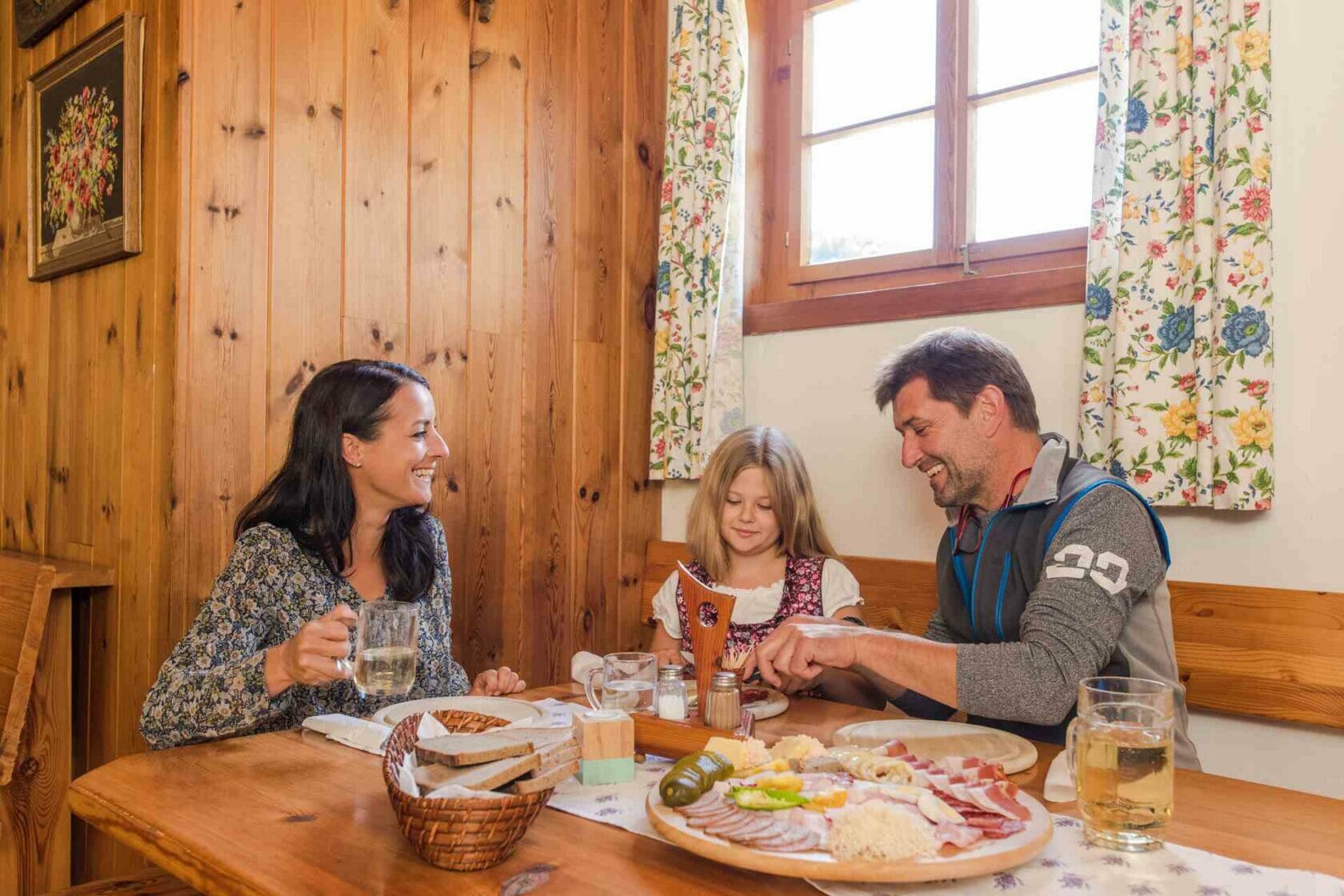Easter in the Lavanttal Valley
The Easter festivities in the Lavanttal Valley are deeply rooted in traditional Carinthian customs.
The Easter week begins with the blessing of palm bushes on Palm Sunday. Tradition requires the palm bushes to be bound on the Thursday before the Palm weekend. In the Lavanttal Valley the bushes typically have braided grips. Even today, oversize palm bushes are carried by several young men to the blessing ceremony.
On Maundy Thursday the Easter eggs are dyed. Good Friday is a strict day of fasting.
Holy Saturday starts with the so-called “Schwammweihe” blessing of tree fungi. In former times, the blessed tree fungi were then used to light the fire in the oven used to cook the Easter ham. At some farms, this custom is still practiced today. The so-called “Reikhaufen” (smoking ovens) in the garden or in the fields were also lighted with the blessed fire.
The blessing of the Easter dishes is a long-standing tradition. The basket is filled with ham, sausages, dyed eggs, horseradish and of course the special Carinthian “Reindling” cake. The baskets are often covered by elaborately embroidered dollies showing traditional cross-stitch patterns. The “blessing of meat“ takes place not only in churches but often also beside wayside shrines or in chapels.
After the Easter Vigil, Easter fires are lighted at around 10 pm. The burning brushwood piles on the slopes of the Kor and Saualpe Mountains are an especially beautiful sight to behold. The custom is said to date back to the Turkish siege.
And of course, on Sunday the Easter rabbit brings the presents. For many families it is also a beloved tradition to attend the Holy Mass on Sunday.

